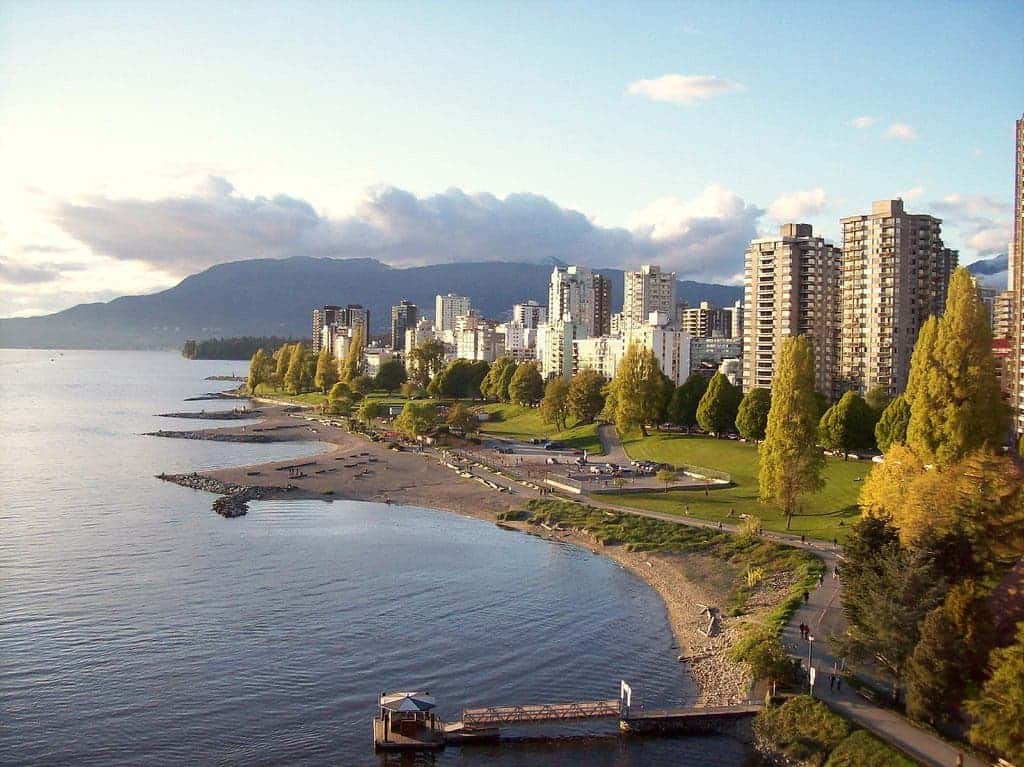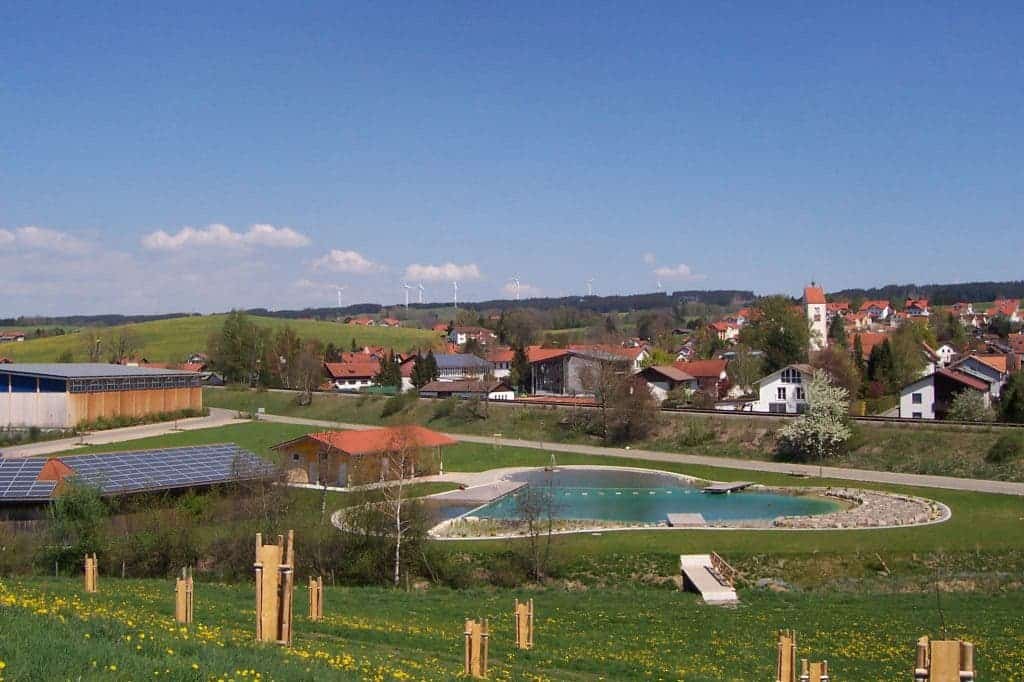In unanimous vote, the city of Vancouver, Canada, passed its Greenest City Action Plan – to become the world’s greenest city by 2020; one of their goals is to use only renewable energy in only 5 years. In light of that and other recent developments, it’s starting to feel like much of the world might actually go renewable in the near future. Let me tell you what I’m talking about.

Vancouver joined other major cities that have made the pledge to go fully renewable, such as San Francisco, Munich, San Diego, San Jose, Sydney, Stockholm, Copenhagen and Frankfurt. Numerous other smaller cities have also made the same pledge. Sure, you could say, but as laudable as that is, it doesn’t really guarantee anything – it’s just a promise and a plan. But things are already starting to happen.
Small cities in the US like Georgetown, Texas and Leelanau Townshiearsp, Michigan already rely almost entirely on renewables – and they’re well on their way for going 100% in the next few y. Bonaire, the tiny island in the Caribbean is close to reaching its goal of 100% by 2015 through wind and energy storage. Countries like Denmark and Iceland get the majority of their energy from renewable energy, and they’re well on the way to taking it all the way.
In France, the Perpignan Méditerranée region already gets 75% of their energy from local renewables, while in Germany, more than 140 towns, cities and regional networks have achieved 100% renewable energy.
Germany is actually an amazing example: they’ve more than doubled their offshore wind capacity, and they already get about a third of their energy from non-hydro renewables. But what’s even more spectacular is that over half of Germany’s renewable energy is owned by individuals and farms, instead of companies. That’s a completely unique approach, and one from which we could learn a lot – no other country has built more eco-city projects than Germany.

It seems like small cities have a much easier time switching to renewables, which makes a lot of sense – they use less energy, they have less complicated infrastructure and usually don’t have a developed industry. But big cities are doing it too – it just takes more time.
San Jose, the third largest city in California already gets almost half of its electricity from renewable sources – they’ve pledged to go to 100% by 2022. Munich, Germany’s second largest city has done the same (by 2025), as has Sydney (by 2030). Brussels, Copenhagen, Edinburgh, Glasgow, Georgetown, the country of Costa Rica, San Diego, San Francisco – all of them and many others have viable plans to go fully renewable in less than 20 years.
The people of Vancouver seem to have made their decision. Currently, 32% of Vancouver’s energy is met by renewables, including electricity, heating and cooling – and emissions are down 6% from 1990 levels since 2011.
“Cities around the world must show continued leadership to meet the urgent challenge of climate change, and the most impactful change we can make is a shift toward 100% of our energy being derived from renewable sources,” says Mayor Gregor Robertson.
Hey, and it’s not all about being eco-friendly, it’s also about the money. In some places of the world, renewables are already cheaper than oil, gas and coal – and this will soon start to happen more and more.
“The future of Vancouver’s economy and livability will depend on our ability to confront and adapt to climate change, and moving toward renewable energy is another way that Vancouver is working to become the greenest city in the world,” he says. “Cities that own renewables will own the future,” Councillor Andrea Reimer told Vancouver Observer.
We’re at a turning point in human history, and some places in the world are certainly moving in the right direction. Others are still lagging behind, not having the resources or the will to go all the way. How is your city or area doing? Share it with us in the comment section!
[Read more about 100% renewable projects here]



